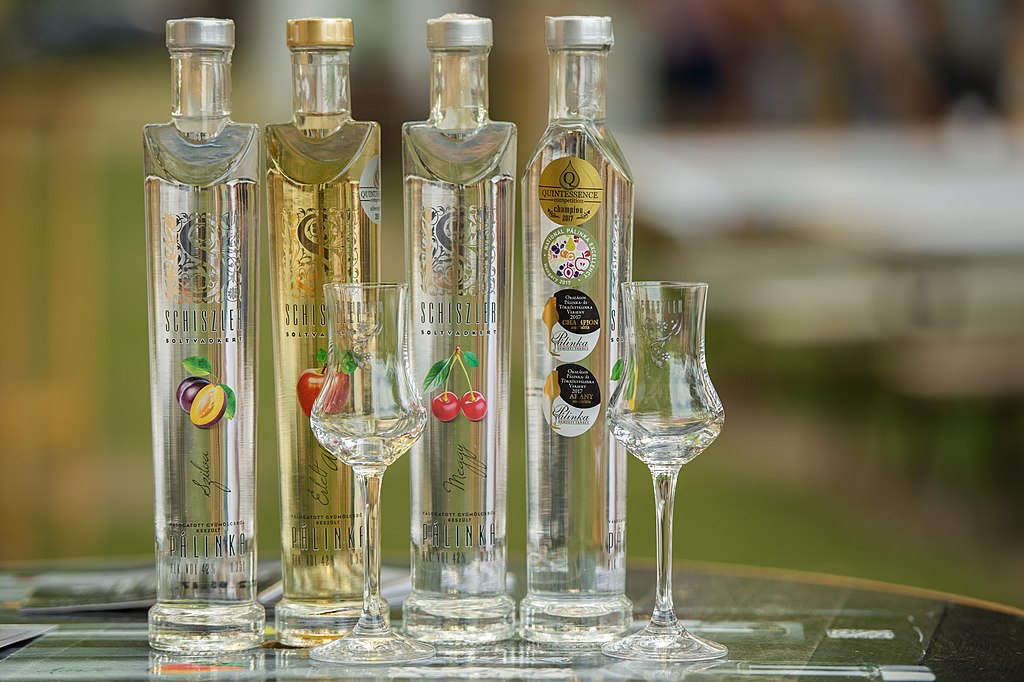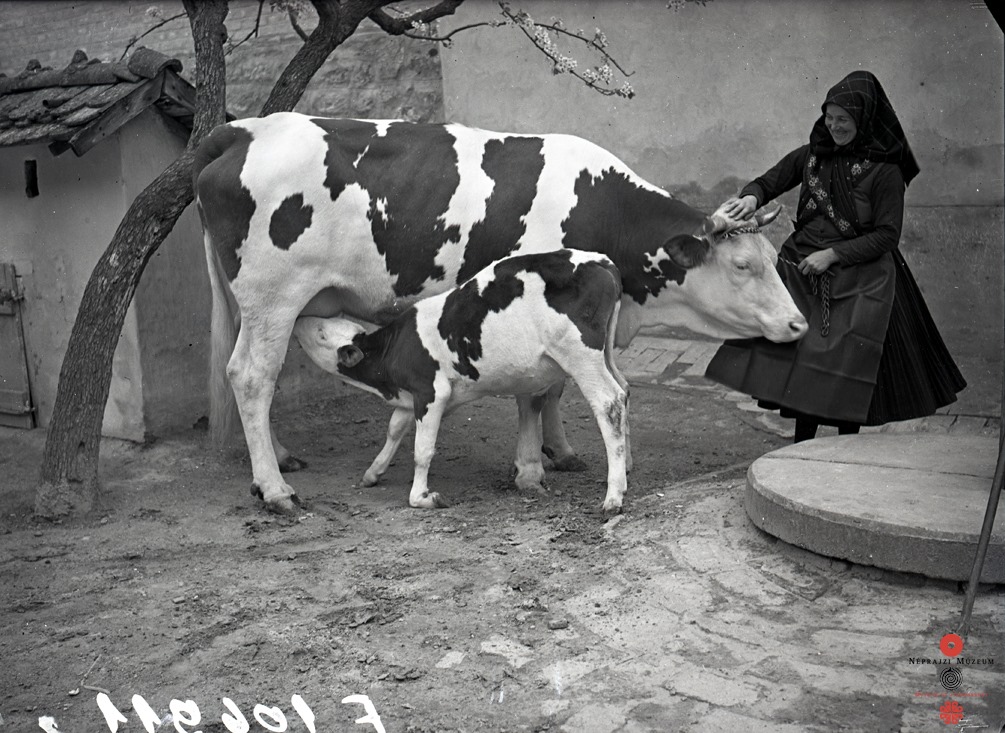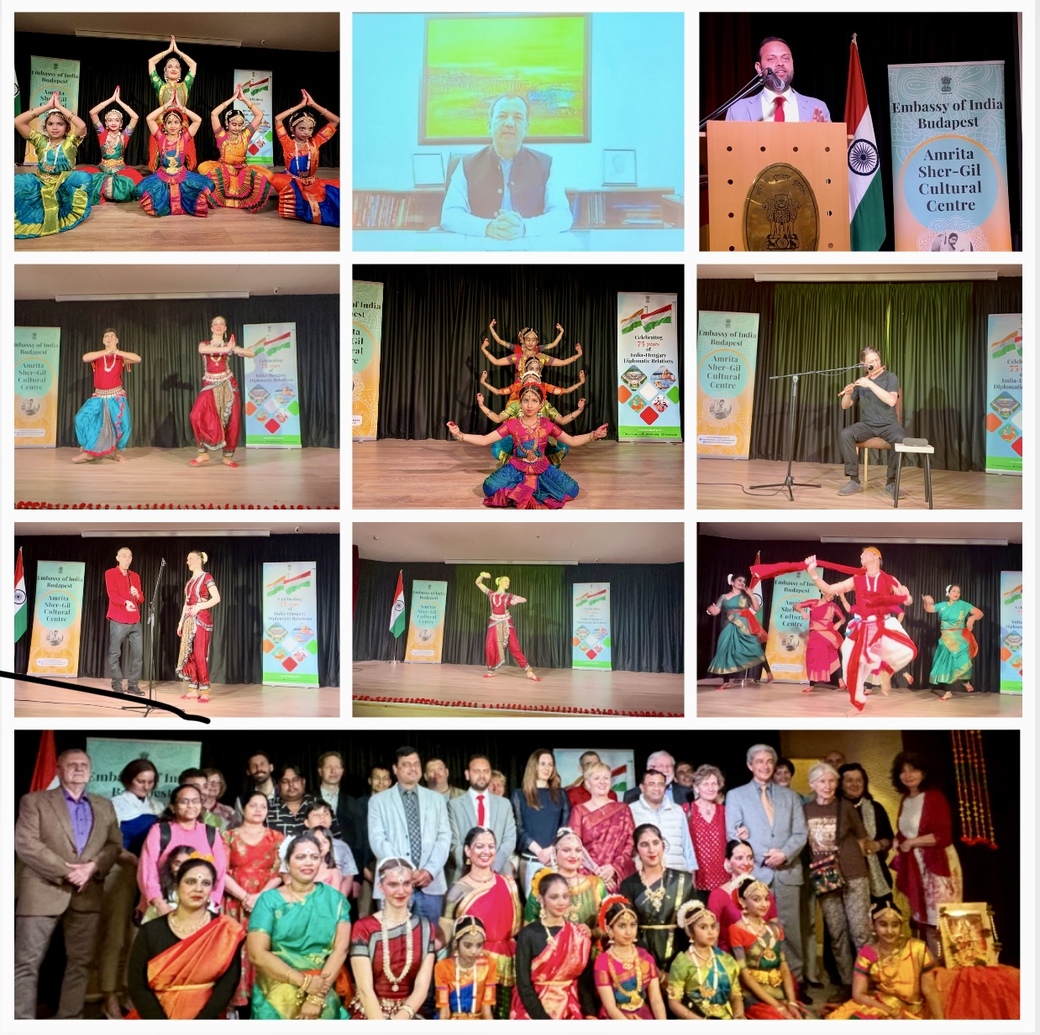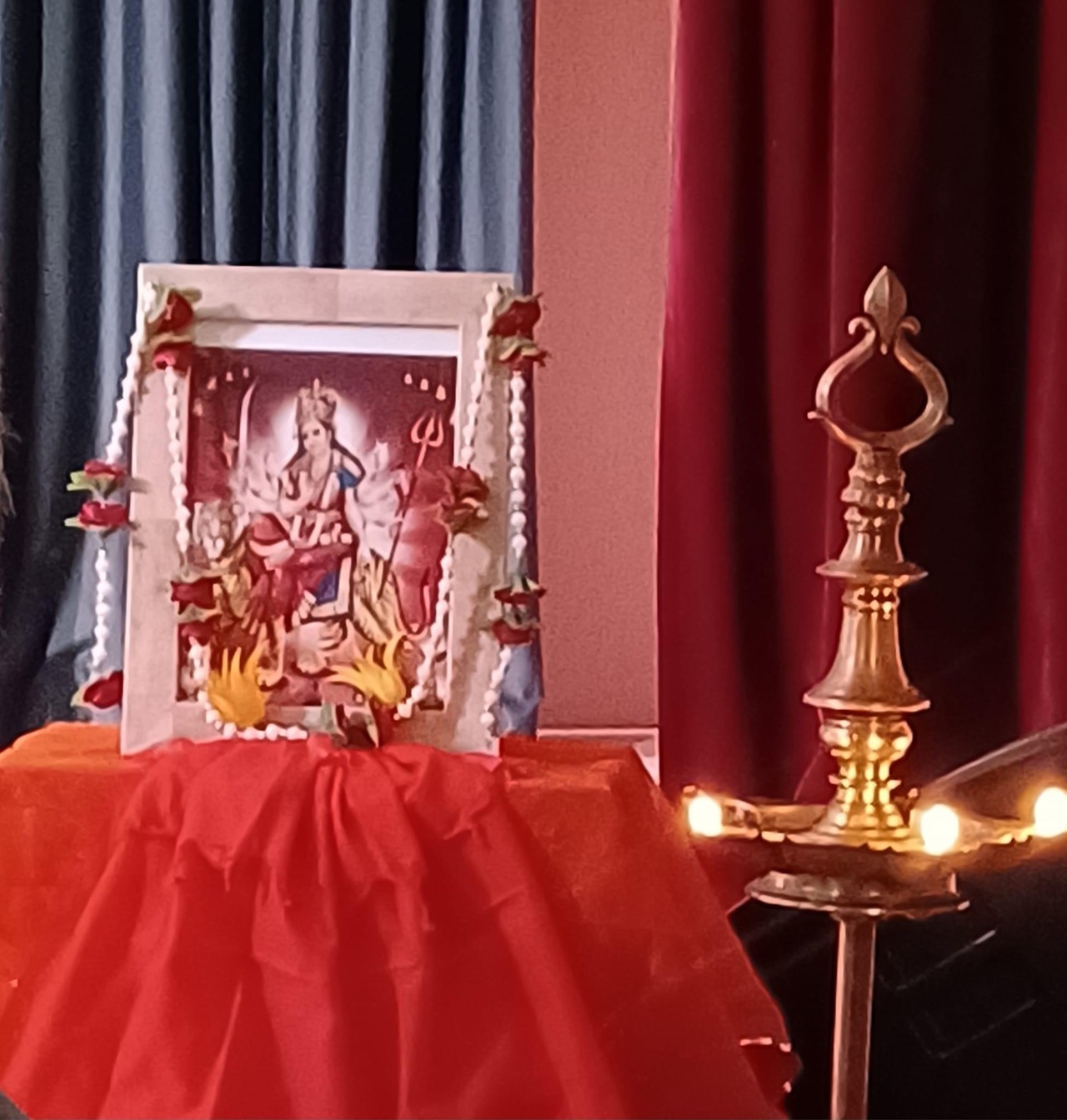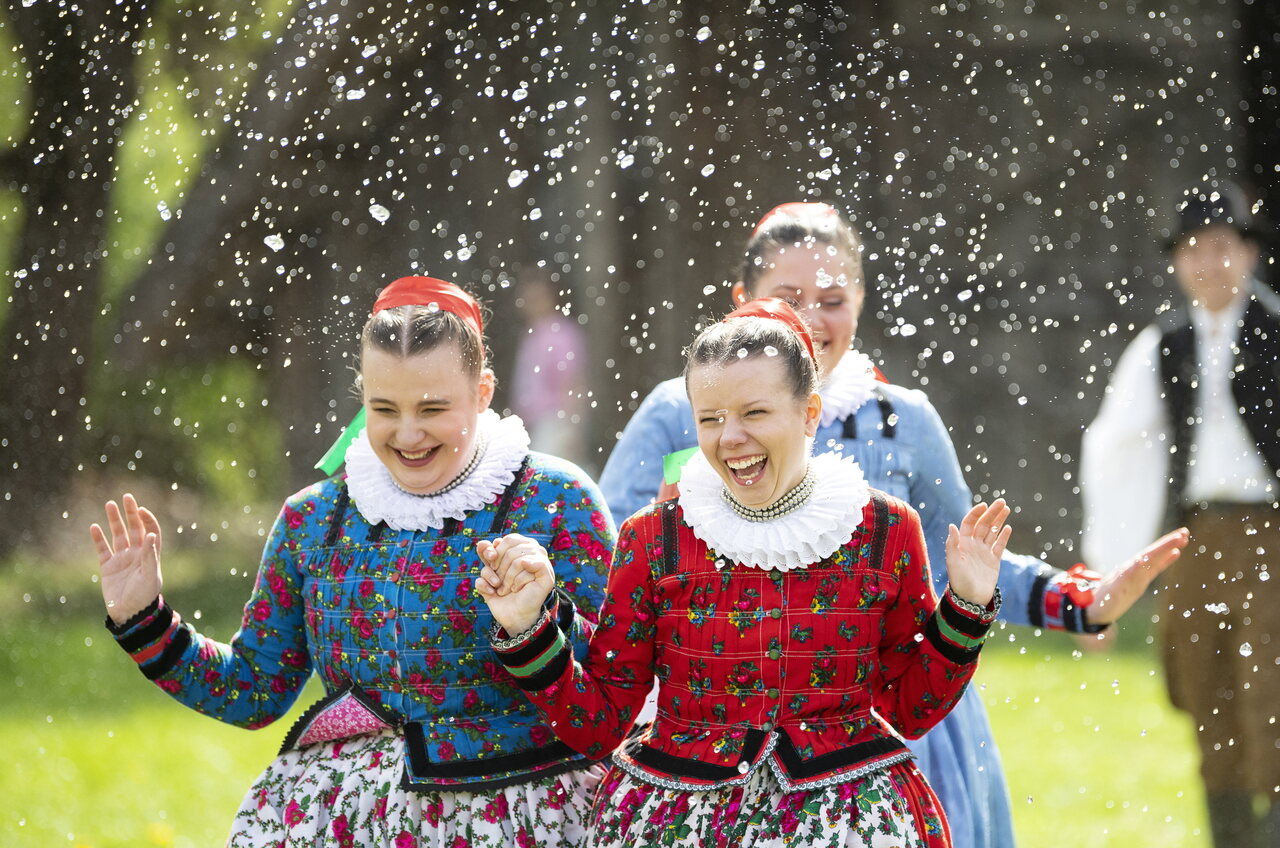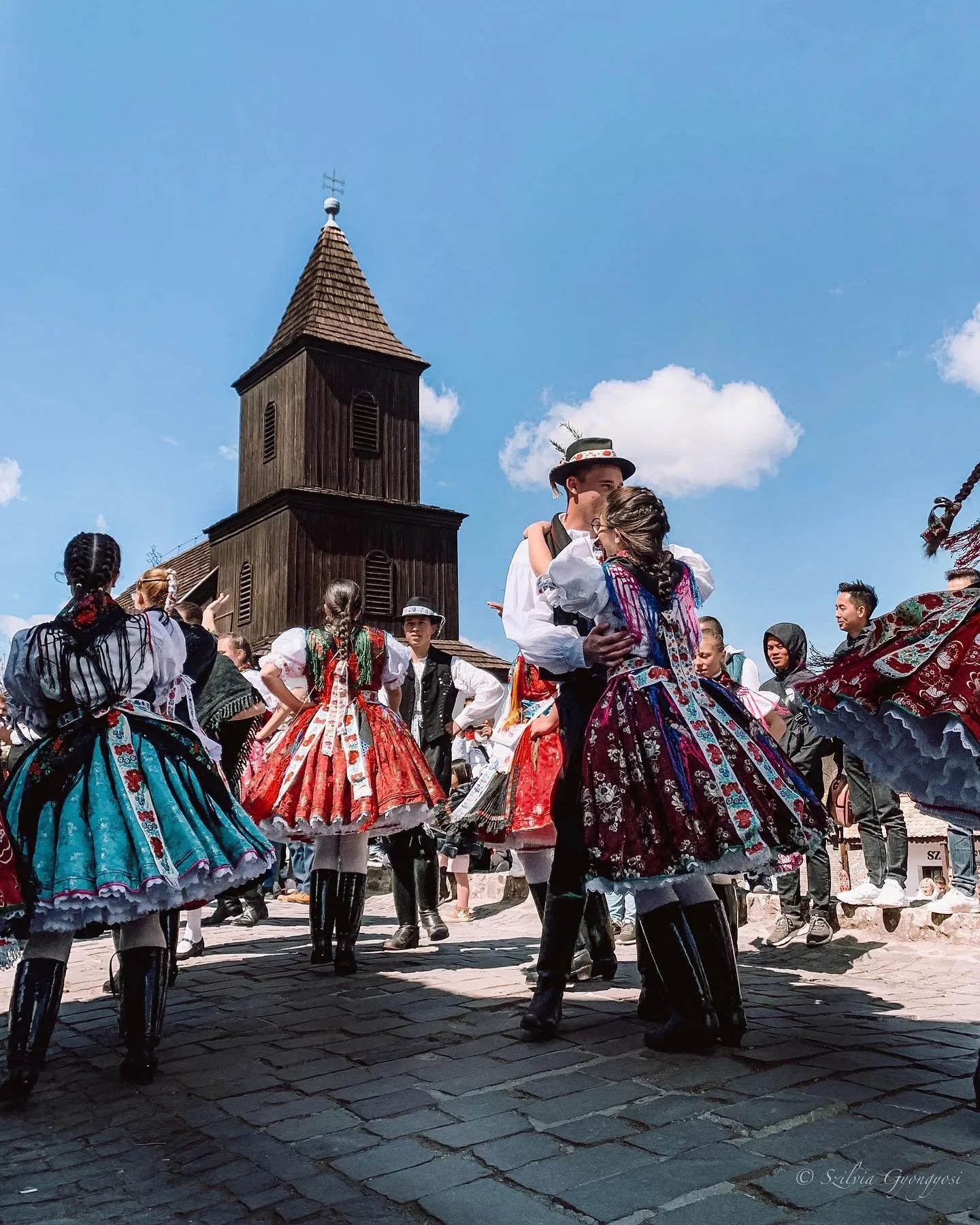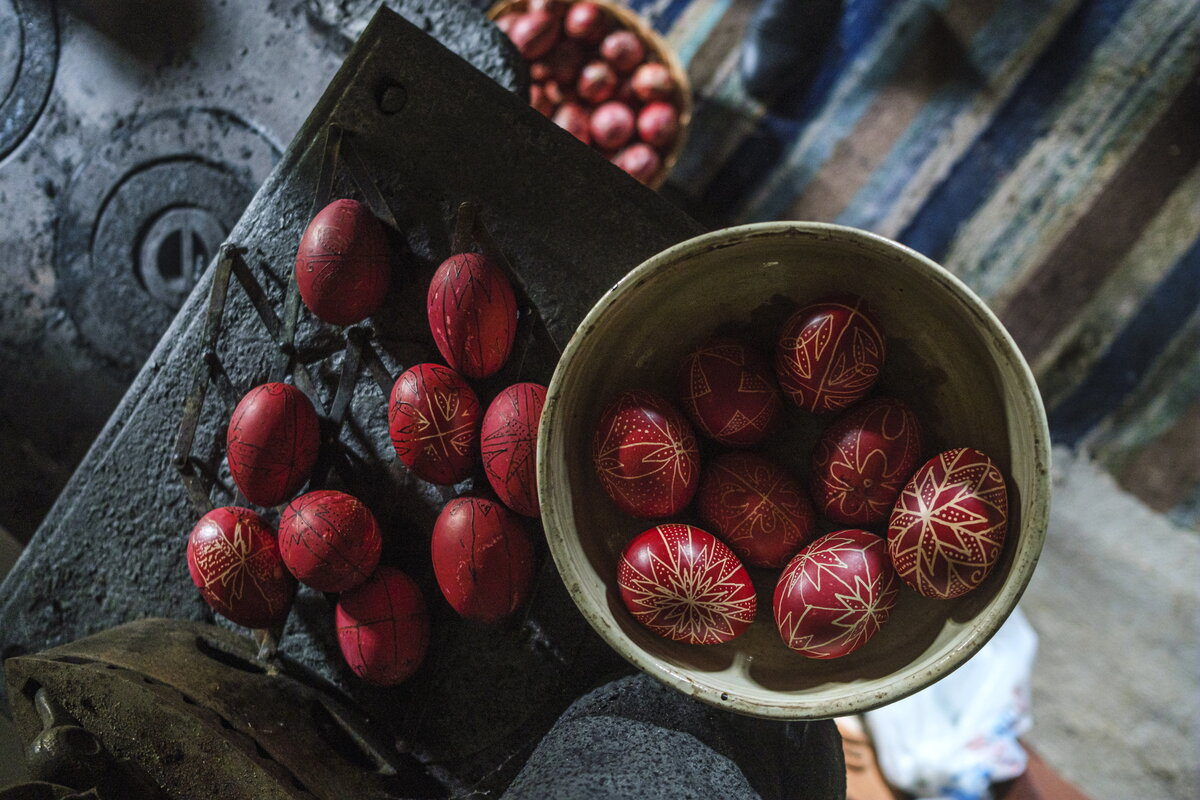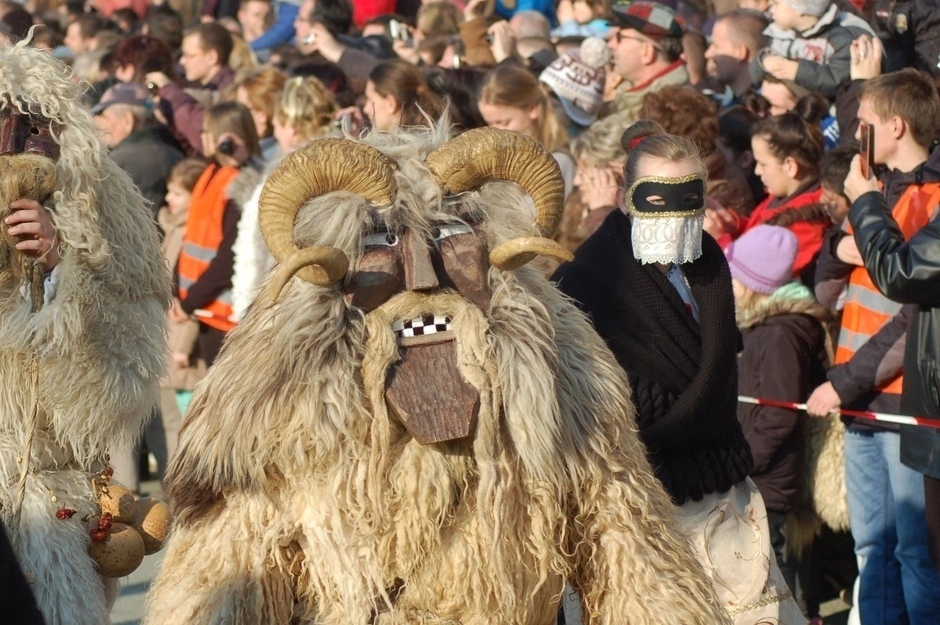The resentful Ice Saints and quirky Urban’s Day folk traditions in Hungary

The days of the Ice Saints have passed, and folklore has it that we can now expect warm weather in the remaining days of spring and in the coming summer. The days of Saint Pancras, Servatius, and Boniface, and extending the tradition, Urban, mark the last frosty period of spring. After 25 May, which is Urban’s Day, according to tradition, flowers can be planted outside. Here are some traditions related to the Ice Saints in Hungary.
The Ice Saints could bring prosperity or could freeze crops completely
The Ice Saints differ from country to country, but some versions of the traditions related to the saints are known across most of Europe, for example, in Germany, Austria, Italy, Czechia, Slovenia, Poland, and Hungary.
In Hungary, 12 May is the feast day of Saint Pancras, 13 May of Saint Servatius, and the 14 May of Saint Boniface of Tarsus. These are also the name days for the Hungarianised versions of these first names: Pongrác, Szervác, and Bonifác.

Photo: Wikimedia Commons
These three days in mid-May are important for agriculture, and traditionally, folks associated important superstitions with the weather at this time. People observed, for example, that the weather often took a turn for the worse in these days, and frosts were to be expected in many cases (this is the so-called blackthorn winter). This meant that people had to be careful with their timing of planting seedlings: a late spring freeze could destroy crops completely.
Chilipaprikablog.hu recalls how “paprika growers in Bogyiszló, Hungary, used to say when late frost hit and killed the plants: ‘The big buyer has bought up all the crop.’”
According to word of mouth in Topolya (a small town in today’s Serbia), “Pancras froze to death in a heatwave wearing a sheepskin coat, Servatius drowned in the middle of the Tisza River that had no water, and Boniface was bitten to death by mosquitoes – so they are angry with us humans and come back year after year to torment us”.
As the Arcanum Database collects, in other regions of Hungary, people believed that if the weather was bad on the Ice Saints’ days, a poor harvest was to come. On the other hand, if there were no clouds in the sky, the year would bring a good wine harvest. In order to keep the Ice Saints away from crops, people would burn fires and use the heat to protect their plants.
Urban’s Day was important for winegrowers
When the three Ice Saints had gone, there was still one more risky day in May: the 25th was the day of Saint Urban when the last freeze of the beginning of the year usually showed its teeth. The sudden cold that sets in at this time can be particularly damaging to flowering vines. The grapes are thus placed under the protection of Urban to protect the fruit from frosts on his name day.
Saint Urban, or as per the Hungarian spelling, Saint Orbán, therefore is the patron saint of winegrowers, coopers, and tavern keepers. According to legend, Pope Urban I ordered that the chalice and plate of the Holy Communion be made of gold or silver. He is therefore usually depicted holding a chalice, and a bunch of grapes.

Photo: Wikimedia Commons
The National Széchenyi Library writes of the superstitions connected with the day: old people in Szeged used to say, with equal amounts of humour and annoyance, that the person who put Urban in the calendar should have been beaten to death.
According to folk tradition, when the calendar was being made and the saints were given their places in it, Urban was in the tavern, getting drunk. When he finally got home, he asked where his name day had been put. When he found out it was in May, he lamented the fact that they did not put it in the middle of the winter, because then “he could have frozen the calf in the cow and the child in its mother.”
On Urban’s day, to ensure a bountiful harvest and protection of the vines, processions were held in many places, and people brought gifts to statues of Urban. As Marcell Jankovics describes in his book The Symbol Calendar (Jelkép-Kalendárium), when Urban brought good weather, records show that people were grateful to the saint, putting flowers on his statue, pouring wine on it, and putting fresh cherries in its chalice.
However, if the weather was not so favourable, they threw stones at Urban’s statue, spat on him, stomped on the statue, and even showed it their bare bottoms.
Sokszínűvidék.hu lists the following predictions regarding the weather for Urban’s Day:
- The wine will be sour if the day is rainy, and sweet if the weather is clear.
- If it rains on Urban’s Day, autumn will be rainy, but if the sun shines, it will be a long, sunny, pleasant autumn.
- In some places, the chapel was decorated with green branches and flowers. After Mass, everyone took home some of the plants to protect their house from lightning strikes.
- It was customary for the women to go through the house with brooms and chase out the cold.
- If the day was rainy, the vine growers filled the wine bottles with rainwater to ensure that they would be full of wine in the autumn.
Read also:


